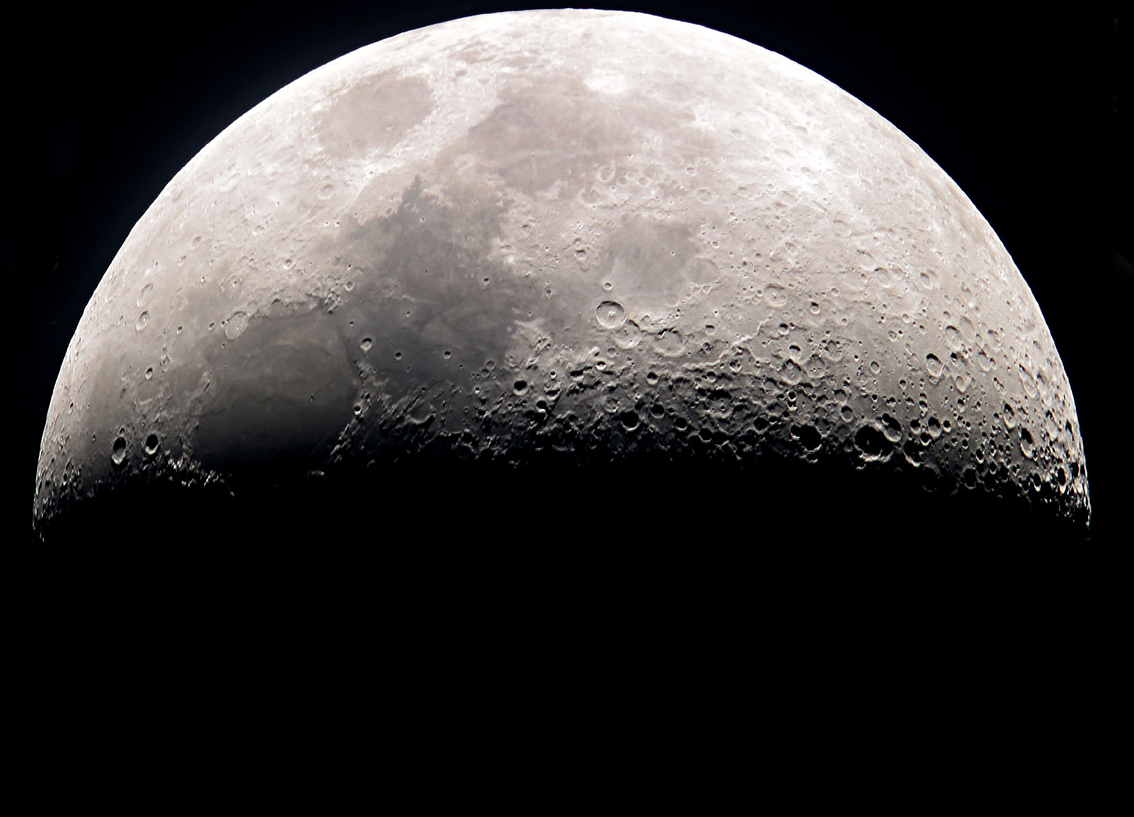It’s time to come back to the Moon. And it’s much more than a dream.
NASA and many scientific agencies are often publishing report and news on the Artemis mission. But the most of the people in the world are asking why are we coming back to the moon. There are many reasons to study our natural satellite, for example to understand how humans in the future can be able to explore other pieces of space.
In just the next few years, NASA aims to land the first astronauts on the moon since 1972, including the first woman to voyage to the lunar surface. Following in the footsteps of the Apollo program, this 21st century lunar campaign, called Artemis, could return humans to the moon’s surface as soon as 2025. The objectives of the new missionsare the return of the man on the Moon, the exploration of the Moon South Pole and gain operational experience on systems similar to those required for crewed Mars exploration.

The idea is to acquire a sustained human and robotic presence on the surface and in orbit to help us better understand the universe and our home planet.
Lunar samples returned during the Apollo Program dramatically changed our view of the solar system, and scientists continue to unlock new secrets from those samples today. More challenging landing sites will offer even more scientifically rich conditions. The Lunar South Pole is known to contain deposits of water ice that may be used by future explorers for drinking, cooling, producing oxygen, and making rocket fuel.
The Apollo Program set out to prove NASA could land humans on the Moon and return them safely to Earth. With Artemis, we will return to the Moon long-term, which requires greatly expanded capability and a strategy that allows for more frequent missions. For the first time there will be in the mission a woman and a person of color. [1]
During their missions, the Artemis crews will live aboard Orion, a capsule designed to keep a crew of four alive and healthy in deep space for up to 21 days. Each Orion capsule will fly with a European Service Module, provided by the European Space Agency, that will carry solar panels, life support systems, fuel tanks, and the main engine needed to enter lunar orbit [2].
The next era of human space exploration requires revolutionary spacewalk systems to protect astronauts from harsh environments and enable improved capability for performing critical mission tasks.
To procure spacesuits that will allow astronauts to walk, jump, kneel, spelunk, and climb with new degrees of freedom. NASA wants that these new capabilities will allow expanded exploration range and improved sample collection.

Exploration architectures being developed for the 2030s focus on establishing a sustained presence in cislunar space and on the surface and on assessing and advancing human exploration systems required for missions beyond the Earth-Moon system, including to Mars. Prototype systems for Mars exploration will be tested first on and around the Moon to reduce future mission risk. Prototype systems will include advanced technologies needed for long duration human spaceflight such as closed-loop life support systems.
[1] Artemis: An Overview of NASA’s Activities to Return Humans to the Moon/ https://ieeexplore.ieee.org/document/9172323
[2]https://www.nationalgeographic.com/science/article/how-nasas-artemis-program-plans-to-return-astronauts-to-the-moon August, 2022





